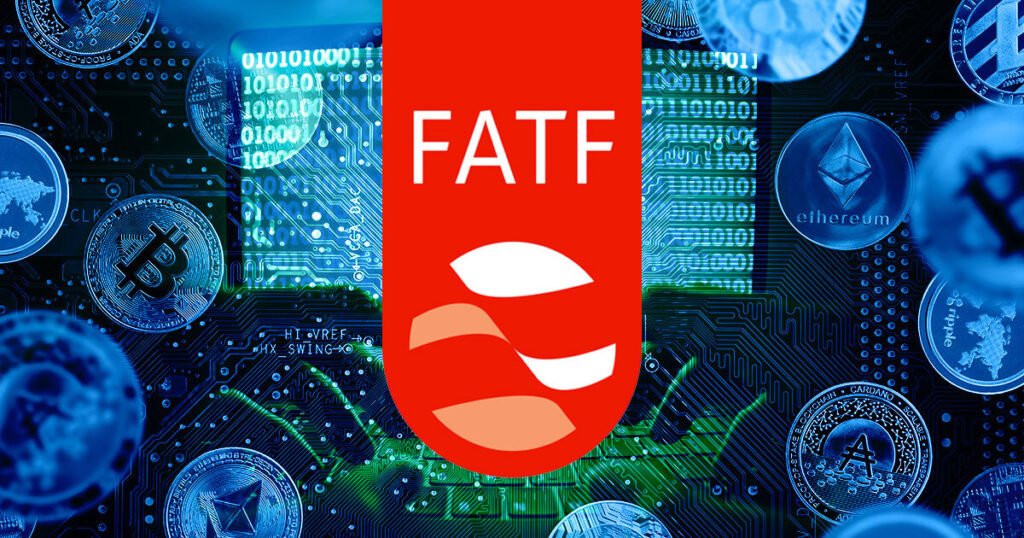Global Regulation of Virtual Assets: Progress and Persistent Challenges
The Financial Action Task Force (FATF) recently issued a report highlighting advances and gaps in global regulations on virtual assets and service providers. While efforts have improved, the organization indicates that the framework remains incomplete, especially as illicit uses of stablecoins are expected to surge sharply in 2025. This article delves into key findings from the report, underscoring the current state of regulation, cyber thefts, and recommendations for future actions.
Progress in Regulation
The FATF’s report underscores that as of now, 73% of jurisdictions surveyed have enacted laws enforcing the Travel Rule for crypto transfers, demonstrating a commitment to bolstering regulatory standards. This directive is aimed at enhancing transparency and accountability within the virtual asset landscape. However, despite legislative advancements, actual enforcement remains limited, with nearly 60% of the 85 nations with Travel Rule laws yet to provide compliance findings or specific directives. This illustrates a concerning gap between policy formulation and execution, potentially leaving loopholes that could be exploited by malicious actors.
Illicit Use of Stablecoins
Stablecoins are playing an increasingly dominant role in illicit on-chain activities. The FATF’s report highlights that these digital assets facilitate financial transactions due to their low cost, quick settlement times, and high liquidity. An estimated $30 trillion in stablecoin volume was recorded over the past year, indicating their pervasive presence in the market. This rise has been accompanied by sophisticated scams, including the alarming increase of ‘pig butchering’ scams, where AI-generated chatbots and deepfakes are employed to deceive victims. The urgent need for enhanced oversight of stablecoins is thus apparent, as they pose significant challenges to maintaining the integrity of financial systems globally.
Cyber Theft and Recovery Challenges
A troubling instance highlighted in the report is a record $1.46 billion theft from Bybit, a crypto exchange, attributed to North Korean actors. This incident showcases the vulnerabilities present in the crypto ecosystem, with hackers leveraging advanced social engineering methods and intricate laundering networks. They utilized more than 125,000 Ethereum wallets to obfuscate the source and destination of the funds. Alarmingly, only 3.8% of the stolen assets have been recovered, underscoring the ongoing challenges in tracing and repatriating proceeds linked to crypto-related crimes. Such incidents raise pressing concerns regarding the efficacy of current monitoring and regulatory frameworks in deterring cybercrime.
Compliance Ratings and Recommendations
Despite the comprehensive nature of the FATF’s findings, only one jurisdiction has achieved full compliance with FATF Recommendation 15 regarding virtual asset oversight. An additional 29% of countries were categorized as ‘largely compliant,’ while about half of the jurisdictions were identified as only partially compliant. Furthermore, 21% remain non-compliant. The FATF emphasizes the importance of accelerating the licensing and registration of virtual asset service providers and strengthening enforcement against unregistered entities. The organization has also voiced the need for robust measures to monitor decentralized finance (DeFi) arrangements, which continue to proliferate.
Focus on Decentralized Finance and Future Plans
Notably, around half of the surveyed regulators demand that DeFi projects with identifiable control parties register as virtual asset service providers (VASPs). However, the enforcement of these requirements remains rare, adding another layer of complexity to an already fragmented regulatory landscape. To address these challenges, FATF plans to release targeted reports in the next year focused on stablecoins, offshore VASPs, and DeFi activities. The regulatory body warns that as stablecoins achieve mass adoption, uneven global regulations will amplify risks associated with illicit finance and can impede coordinated responses to emerging threats.
Conclusion: The Path Forward
The FATF’s forthcoming comprehensive update on Recommendation 15 implementation is set for 2026, which will be crucial for understanding the trajectory of global virtual asset regulations. Stakeholders across jurisdictions must urgently align their regulatory frameworks to effectively manage the risks inherent in virtual assets. While strides have been made, the urgency for cohesive and comprehensive regulation has never been greater, as the complexities of the virtual asset ecosystem continue to evolve rapidly. Countries must work collaboratively to mitigate risks, protect consumers, and ensure the integrity of the global financial system in the face of burgeoning digital innovations.


